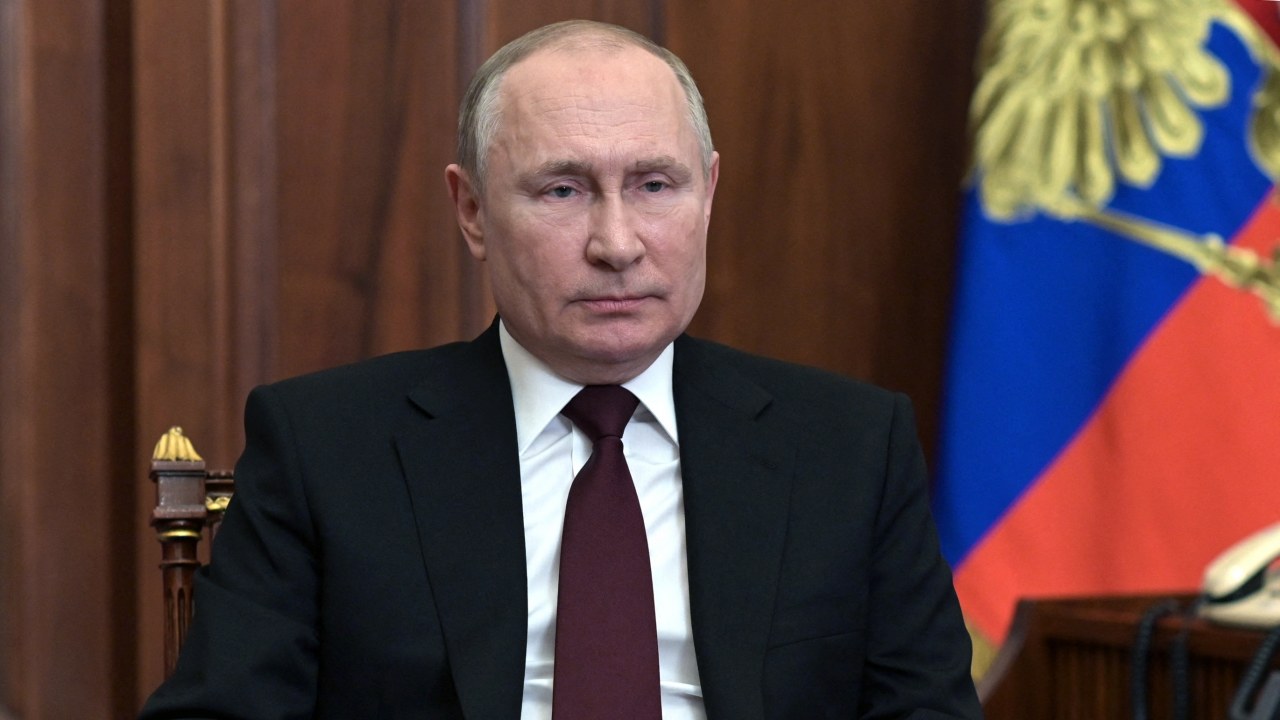
Prime Minister Narendra Modi stated that the priority areas for digital governance are health, agriculture, and education, and that he has been trying to guarantee that India does not suffer from a digital divide.
In a one-on-one meeting with Microsoft co-founder and philanthropist Bill Gates on February 29, Prime Minister Narendra Modi stated that health, agriculture, and education are the priority areas for digital governance, and that he has been striving to ensure that India does not face a digital divide. The first part of Modi’s 45-minute video of the interaction, which was uploaded on his personal YouTube account a month later on Friday, focused on digital governance, artificial intelligence, and deepfakes.
The video was not shared on any government accounts, including those of the Prime Minister’s Office and the Press Information Bureau. The encounter occurred on February 29 at the prime minister’s official house on 7 Race Course Road in New Delhi, but neither the video’s description nor its contents mention the date or location of the interaction.
“When I heard about the global digital gap, I vowed that I would not allow it to develop in my nation. “Digital public infrastructure is a must for that,” Modi stated.
According to ICRIER’s State of India Digital Economy 2024 report, “India as a nation is highly digitalised, but the average Indian is not”. “Nearly 48% of Indians do not access the internet and the quality of fixed line internet services does not match up to other G20 countries.” According to the IAMAI’s internet in India report 2023, 52% of Indians, or 759 million, have internet connection.
According to the ICRIER assessment, India has a 10% gender difference in internet connectivity, which is greater than the world average of 9%, and a 58% rural-urban divide, which is higher than the global average of 49%. While there is a significant digital difference by gender, it is decreasing, according to the report.
“Even when I went for the G20 summit in Indonesia [in 2022], all nations around the world were curious about how India brought about the digital revolution. I explained to them that I have democratised this technology so that nobody can have a monopoly over it. It will be of the people, by the people and whatever emerging talent in the public makes a value addition to it, that will keep happening so that common man can also trust the technology,” Modi told Gates.
In February, the parliamentary standing committee on communications and technology requested that the government promote local Indian fintech players in response to a submission by the ministry of electronics and information technology (MeitY) stating that Walmart-owned PhonePe and Google Pay account for 83.3% of the country’s UPI market, according to HT.
To explain how he employs AI, Modi showed Gates a feature of the Narendra Modi app, also known as the “NaMo” app, which was designed and is administered by the BJP.
“I am using my NaMo App and I use AI a lot, and I find this very useful across the country,” Modi said in a statement. He urged Gates to shoot a selfie using the app’s Photo Booth feature. The software immediately displayed all images featuring the two of them over the last 20 years, prompting Gates to scream, “Whoa!”
“Even if in some public function, even if just 1/10th part of you was visible, then it will pull all photos where that 1/10th of you is visible and where I am visible, it will retrieve that photo,” Modi said.
“Earlier, when I used to go around the country, people used to request me for my photo. Now, I tell them to go to my AI on my NaMo app, to the Photo Booth, take a selfie, and you will get all your photos with me even if you are in the corner of the photo.”
Amit Malviya, the national convenor of the BJP’s IT Cell, serves as the chief compliance officer, nodal contact person, and resident grievance officer for the NaMo app. The app is part of the Narendra Modi.in website, which is also maintained by the BJP.
“Watermarking AI-generated content is a critical first step.” Modi
Modi stated that sophisticated tools, such as AI, must be utilized responsibly and cannot replace true human expertise. “If we employ AI as a magical[al] tool, there may be significant injustice done. Or if I use AI out of laziness, [for example], if I need to write a letter to someone and don’t compose it [myself] but instead ask ChatGPT to do it for me, that is the wrong method [to utilize AI]. I should be competing against ChatGPT. I should be fighting it. I should be attempting to outperform AI,” he stated.
“I have noticed that if such a powerful thing, if it is handed to someone without properly training them first, the chances of it being misused increase. I have spoken to all the [leading] minds linked with AI. I said that to begin with, all AI generated content should have a watermark that says that this is AI-generated so that no one is misguided. This isn’t a bad thing; it is simply AI generated so that I can ascertain its value for myself. Deepfakes – in a vast democratic country like India, if someone uploads a deepfake, for instance if someone uploads something bad in my voice, initially people will believe it and it will lead to a fire [chaos]. It is important to mention that deepfake is AI-generated and to mention its source,” he said.
This is not the first time Modi has emphasized the subject of deep fakes. In a November public lecture, he stated that deepfakes could cause pandemonium. He then said that he had seen a deepfake video of himself performing the garba. However, the video in question was not a deepfake, but rather Modi’s doppelganger dancing. His statement sparked a flurry of meetings between MeitY and social media businesses to discuss dealing with synthetically altered information, which culminated in three advisories for social media companies.
On March 15, MeitY issued its newest recommendation to eight social media sites in India with over 5 million users, instructing them to guarantee that any deepfakes and misinformation are easily recognized, either through labels, unique metadata, or identifiers embedded in the material.
To be sure, deepfakes and synthetically altered content are not specified by law, and experts disagree on what meets the threshold for classification. For example, if a video of a politician’s speech, such as BJP’s Manoj Tiwari’s in June 2020, is made available in numerous languages and it appears that the politician is speaking in a foreign language, is this a deepfake? Does it need to be labelled? The law is uncertain.
Also read: Kerala invites Bengaluru MNCs to shift there among water crisis


Modi told Gates, “In the early days [of deepfakes], such procedures are necessary; we may not need them in the future. However, for the time being, we must consider such dos and don’ts. In the same way, I should pull tasks from AI that falls within my area of competence. It is not appropriate to use AI for tasks for which I lack competence [or understanding], or for which I am fatigued or sluggish.
Gates questioned about privacy, and Modi focused on leveraging data for research.
Gates questioned Modi about his approach to privacy and data security concerns, particularly given that AI relies on vast volumes of data. “Data is a major issue right now. We must check into its security. India has the legal structure, but we also need to raise awareness.” Modi discussed the comfort of life through the Digilocker, which allows a data processor to recover an individual’s personal records.
Regarding privacy, he stated, “There are two components here. First, we must instruct the average person to provide high-quality data. Our data must be high-quality and clear. Second, the data owner must understand how the inquiring entity intends to utilize the data. If the entity want to monetise the data through an agreement, it must first obtain permission [approval from the data owner]. The primary priority should be research. Data for study should not be charged too high; else, research will be too expensive.
The research institution must also inform the data owner that “I am using your data for this purpose.” It will be used solely for this reason. And this is for the greater good, the advantage of the ordinary man. “I believe that nobody will refuse to give consent.”
Digital Governance
According to Modi, digital governance would focus on health, agriculture, and education. “I have built two lakh Ayushman Aarogya Mandir in villages that I am directly connecting them to best hospitals using modern technology,” the prime minister remarked.
“I want to use technology to address instructors’ weaknesses. Second, youngsters are interested in pictures and stories; I am aiming to develop that kind of behavior. I completed some questionnaires. “The children are enjoying it,” he told Gates. “In agriculture, too, I am bringing about a significant transformation. “I want to change the mindset.”







































































































































































































































































































































































































































































































































































































































































































































































































